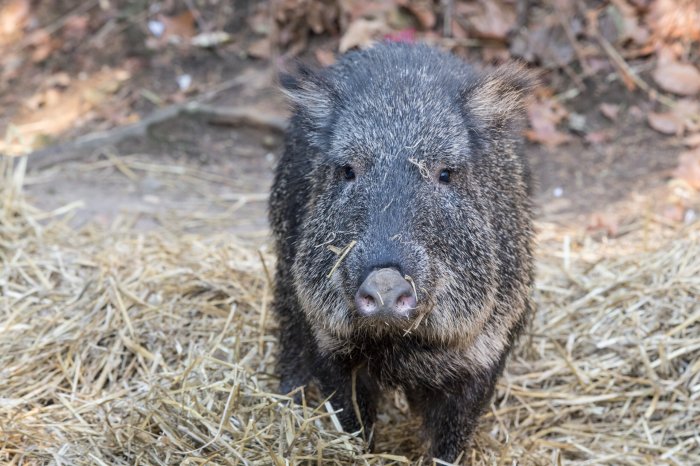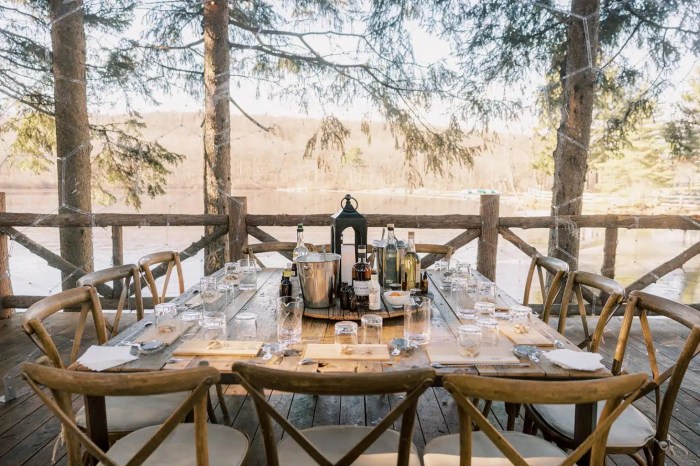By Alexander Dworkowitz
Flushing gardeners are dreaming of waterfalls in their downtown.
The Queens Botanical Garden in Flushing unveiled its master plan to change nearly every aspect of the 39-acre garden at a luncheon of contributors, staff and politicians last Thursday. The plan emphasizes the use of water, including five water circulation systems and 27 water features, aimed at eliminating runoff in the damp area.
But with the City Council facing a budget crisis due to revenue lost in the aftermath of the attack on the World Trade Center, the full $50 million project — most of which so far has been publicly funded — may never be realized.
Robert Moses moved the Queens Botanical Garden, born as an exhibit for the 1939-1940 World’s Fair, from its original home at Flushing Meadows Corona Park to its current location, bordered by Main Street, College Point Blvd., Elder and Blossom Avenues, in order to make room for the 1964-1965 World’s Fair. The free garden has 300,000 visitors a year, with Chinese Americans accounting for the largest group at 34 percent.
Susan Lacerte, executive director of the garden, said the focus on water was a natural choice for the site.
“There are times that I’ve shaken my head at Robert Moses,” she said. “This is a very wet site. We thought how we can work with this site, which is how we came to the master plan.”
Jennifer Ward, landscape architect and director of planning, collection, education and research of the garden, said she thought that displays of water are the best means of fostering connections with the diverse borough of Queens.
“How do we become a garden for the most ethnically diverse county in the nation?” asked Ward. “People get excited and drawn to water. Water can really become an art.”
The current master plan calls for the garden to be divided into three sections. The northern section would be used for administrative buildings, the southern section for plants indigenous to the area, and the section in between for plants from the homelands of many of its visitors with the goal of focusing on the tradition of gardens.
Ward described a tradition of men in China gathering at a stream to drink wine and read poetry. She said she hoped that the garden could be used for similar purposes.
“We want to create a place that fosters cultural traditions, a familiar place that people find comfortable” she said.
Part of the master plan has already been funded. Several administration buildings are set to be moved to one area of the garden, so as not to interfere with the remaining area. The buildings will have green roofs, areas of grass designed to reduce runoff. Construction on this initial phase of the project, which is set to last two years beginning in the fall of 2002, has been fully funded with $10 million from the public.
Ward estimated that if approved, the remainder of the plan could take 15 to 20 years to complete.
However, the rest of the plan, waterfalls and all, is still in jeopardy.
“This is a very special project,” said Borough President Claire Shulman, who was presented with an award by the garden. “I hate to say this, but I know about the budget. Try to figure out how to raise money privately.”
City Council Speaker Peter Vallone (D-Astoria), Councilman-elect David Weprin (D-Hollis), state Sen. Frank Padavan (R-Bellerose) and state Sen. Serphin Maltese (R-Glendale) were among other politicians at the luncheon.
Despite Shulman’s warning, Lacerte was hopeful.
“We have to believe that there should be this main garden in Queens, and it will happen.”
Reach Reporter Alexander Dworkowitz by e-mail at Timesledger@aol.com or call 229-0300, Ext. 141.






























